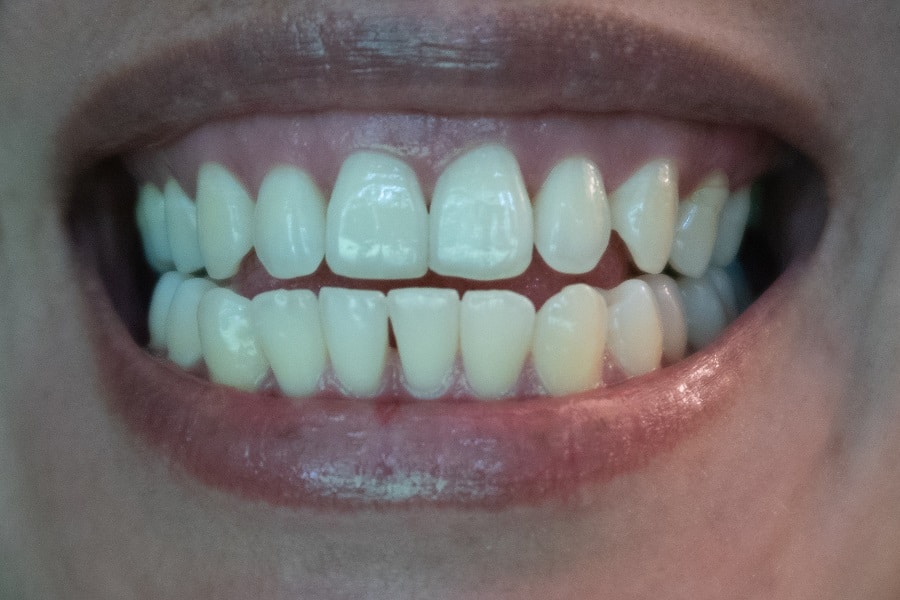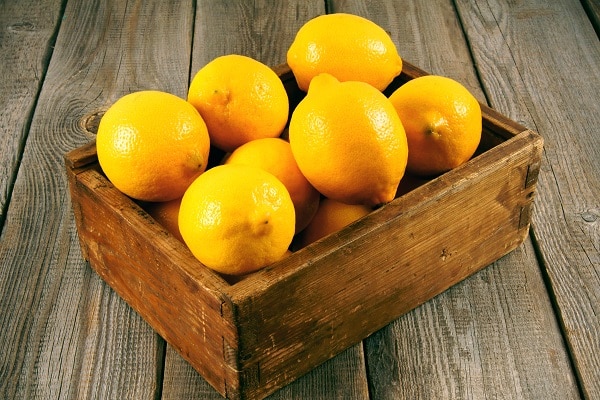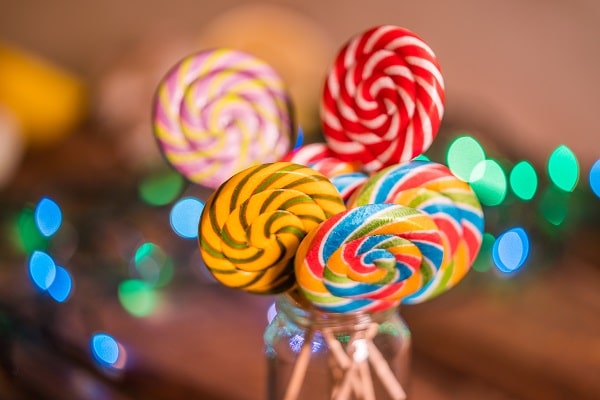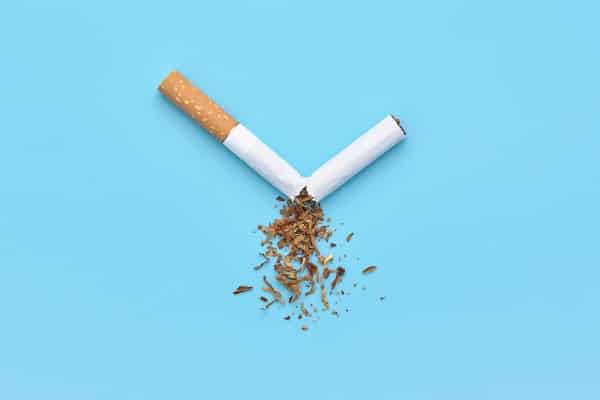Tooth staining is a common dental problem many people face, largely due to their dietary choices. From the morning coffee that jumpstarts the day to the soothing evening tea, many daily foods and drinks can leave an unwanted mark on the teeth. This article aims to shed light on these common culprits of tooth staining, their effects, and how to make more tooth-friendly choices for your daily consumption. Understanding these foods and drinks can empower individuals to make conscious dietary decisions that help maintain a bright and healthy smile.
Understanding Tooth Stains

Tooth staining is not just a cosmetic issue; it can also indicate an underlying dental condition. Extrinsic stains, the most common type, are surface stains on the enamel – the hard, outermost layer of the teeth. Food, drinks, or smoking typically cause them. In contrast, intrinsic stains occur within the tooth and are often a result of certain medications, trauma, or excessive fluoride intake during childhood.
Diet plays a crucial role in the development of extrinsic tooth stains. Certain foods and drinks have pigments known as chromogens that can adhere to the tooth enamel and cause discoloration. Additionally, food and drinks high in acid can erode the enamel, making the teeth more susceptible to staining.
Dark Colored Drinks

Due to their intense color pigments, dark-colored drinks are a significant cause of tooth staining. Coffee and tea, for example, contain tannins, a type of polyphenol that can lead to staining and discoloration. These popular morning beverages may help you feel more alert but can leave a lingering impact on the color of your teeth.
Likewise, red wine, cola, and certain dark juices, like cranberry or grape, are known culprits of tooth discoloration. The acidic nature of these drinks can break down enamel, leaving teeth more prone to staining. While it may be difficult to completely avoid these beverages, consumption in moderation and effective oral hygiene practices can help manage and minimize their staining effects.
Foods With High Acid Content

Acidic foods, while often delicious and nutritious, can significantly threaten your tooth enamel. Citrus fruits like lemons, oranges, and grapefruits, though packed with vitamin C, contain high levels of citric acid. This acid can erode enamel over time, making teeth more susceptible to staining from other foods and drinks.
Similarly, tomatoes in various forms, whether in a salad or as a sauce, along with pickles, can cause similar effects due to their acidity. It’s not about eliminating these foods from your diet but balancing them with less acidic foods and practicing good oral hygiene. Rinsing the mouth with water after consuming acidic foods can help to neutralize the acid and protect the teeth.
Hard Candies And Sweets

The vibrant colors of hard candies and sweets that appeal to the eye can wreak havoc on your teeth. These candies often use artificial coloring that can lead to noticeable discoloration over time. Lollipops, hard candies, and even some chewing gums can leave stains on your teeth, especially when consumed frequently.
Aside from the artificial coloring, these sweets’ high sugar content is detrimental to oral health. Sugar feeds the harmful bacteria in the mouth, leading to plaque buildup, which discolors teeth and can lead to more severe dental issues like cavities and gum disease. Moderation is key when it comes to enjoying these sweet treats.
Dark Sauces

Even savory foods can contribute to tooth staining. Dark sauces, including soy sauce, tomato sauce, and balsamic vinegar, are known culprits due to their deep color and acidity. They have the potential to cause significant discoloration, especially when consumed frequently.
While it may be unrealistic to avoid these sauces altogether, there are ways to minimize their effects. Consuming a salad or raw vegetables before a meal can create a protective film on the teeth, reducing the likelihood of stains. Similarly, rinsing the mouth or brushing teeth post-meal can help prevent discoloration.
Tobacco and Other Stimulants

Tobacco use, both smoking, and chewing, is notorious for staining teeth. The nicotine and tar in tobacco can turn teeth yellow or brown over time. Furthermore, these substances can make teeth more prone to plaque buildup, contributing to discoloration.
In addition to tobacco, other stimulants like betel nut and khat, commonly used in certain cultural practices, can also lead to significant tooth staining. If cessation isn’t an option, reducing usage and maintaining excellent oral hygiene can help manage the staining effects of these stimulants.
Healthier Alternatives

Thankfully, not all foods and drinks lead to teeth staining. Some can even contribute to a healthier, brighter smile. For example, hard, crunchy foods like apples and carrots can act like natural toothbrushes, scrubbing away at surface stains. Similarly, foods high in calcium, like cheese and yogurt, can help to strengthen tooth enamel and ward off stains.
Green tea, although slightly colored, contains tannins like coffee and black tea but is less likely to stain teeth due to its lighter color. Furthermore, it has many health benefits, including potential anti-inflammatory effects on the gums. The key to a brighter smile might be balancing out teeth-staining foods and drinks with these healthier alternatives.
Professional Teeth Whitening Options

While diet adjustments and good oral hygiene can prevent and reduce teeth staining, professional teeth whitening can be a viable solution for those looking for immediate results. Dentist-supervised treatments often involve hydrogen or carbamide peroxide, which can penetrate the enamel and break up the stains. These treatments can dramatically lighten teeth in just one session, making them popular among individuals seeking to improve their smile quickly.
However, it’s important to note that professional teeth whitening treatments aren’t permanent and require maintenance for lasting results. Furthermore, some people may experience tooth sensitivity or gum irritation following the procedure. Discussing these potential side effects with a dental professional before undergoing teeth whitening treatments is advisable. While these procedures can enhance your smile, maintaining a tooth-friendly diet and good oral hygiene practices will go a long way in preserving your teeth’s natural health and color.
The Bottom Line
Understanding the foods and drinks that stain teeth is the first step toward a brighter smile. While it may be impractical to entirely avoid the culprits of tooth discoloration, being aware of their effects and taking steps to minimize their impact can make a significant difference. Remember, balance is key—incorporating tooth-friendly foods and drinks and maintaining good oral hygiene practices can counteract the staining effects of other dietary choices. Ultimately, taking care of one’s oral health goes beyond aesthetics. It contributes to overall well-being, giving you more reasons to smile.


